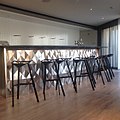
Origami is the Japanese art of paper folding. In modern usage, the word "origami" is often used as an inclusive term for all folding practices, regardless of their culture of origin. The goal is to transform a flat square sheet of paper into a finished sculpture through folding and sculpting techniques. Modern origami practitioners generally discourage the use of cuts, glue, or markings on the paper. Origami folders often use the Japanese word kirigami to refer to designs which use cuts.
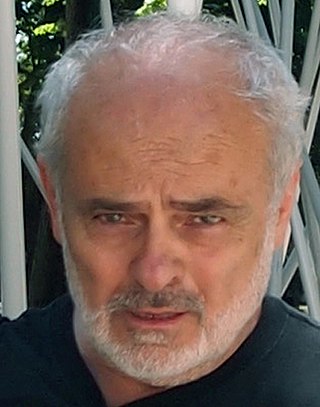
Joshua Neustein is a contemporary visual artist who lives and works in New York City. He is known for his Conceptual Art, environmental installations, Land Art, Postminimalist torn paper works, epistemic abstraction, deconstructed canvas works, and large-scale map paintings.
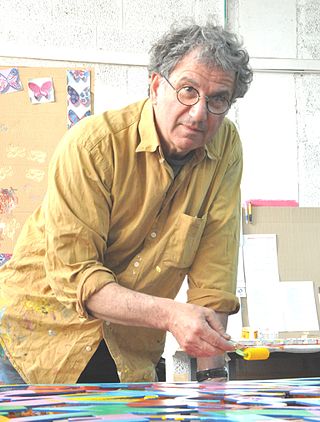
David (Dudu) Gerstein is an Israeli painter, sculptor, draftsman, and printmaker. He began as a figurative painter and was recipient of the Israel Museum Prize for illustration. At the end of the 1970s he wished to expand the limits of two-dimensional painting, into painting in three-dimensions. He began cutting out the main subjects of each painting and to cancel the background, creating a unique and iconic cutout images, free standing in space, without the standard and traditional square frame.

Ilan Averbuch is a sculptor living and working in Long Island City, New York. Averbuch creates large-scale monumental artworks and installations for gallery and museum exhibitions in addition to outdoor public spaces.
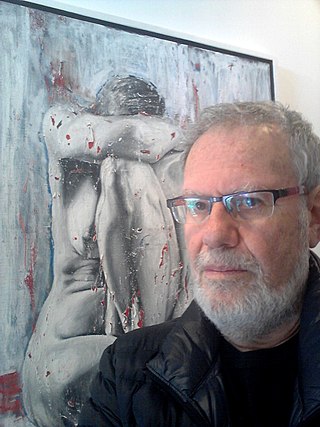
Jacob Gildor is an Israeli artist, representative of the Surrealist movement in Israeli art and of the group of "Second Generation" of Holocaust survivors artists. He is a professional art advisor and consultant at Montefiore Auction House, Tel Aviv and MacDougall's Fine Art Auctions, London. Gildor resides, works, and creates in Tel Aviv.

Arik Levy was born in Tel Aviv. An artist and industrial designer, he attended the Art Center Europe in Switzerland where he graduated with distinction in 1991. Levy employs a multi-disciplinary approach in both the art and industrial design fields. His works have been included in multiple museum collections. Levy lives and works in Paris.
Yaacov Kaufman is a Soviet-born Israeli industrial designer and academic. Kaufman's work has focused on lighting, furniture, and product design. He is a longtime professor at the Bezalel Academy of Arts and Design.
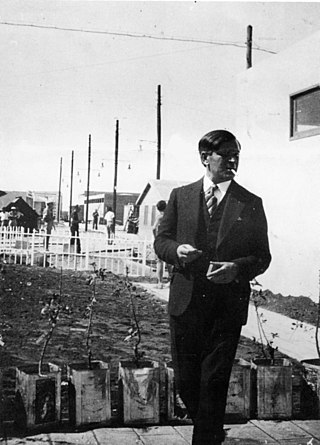
Arieh El-Hanani, born Sapozhnikov (1898–1985) was an Israel Prize winner in the field of architecture for his "contribution to shaping Israeli culture."

Ayelet Carmi, is an Israeli painter and installation artist.

Nino (Chananya) Herman is an Israeli art-photographer.

Ruth Schloss was an Israeli painter and illustrator. Major themes in her work were Arabs, transition camps, children and women at eye-level. She expressed an egalitarian, socialist view via realism in her painting and drawing.
Hilla Shamia is an Israeli product designer based in Tel Aviv, Israel. Her works are included in Israel Museum collection as well as in Serge Tiroche collection.
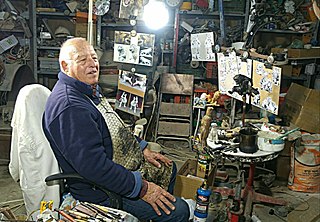
Asaf Lifshitz is an Israeli sculptor. Many of his statues decorate different central places all over Israel, from Metula in the north to Beer Sheva in the south.

Olaf Kühnemann is an Israeli-German painter, winner of the Isracard and Tel Aviv Museum of Art Prize of 2008, and was included in the juror's pick of the 2014 Thames & Hudson publishing's book, "100 Painters of Tomorrow". Kühnemann lives and works between Berlin and Tel Aviv.
Moshe Roas is an Israeli artist, who works in sculpture, drawing, printmaking and installation art. He has exhibited in galleries and museums in Netherlands, (Germany), Poland, United States, South Korea and Israel. These include the Tel Aviv Museum of Art, the Eretz Israel Museum, the Jerusalem Print Workshop and the Tel Aviv Artists' House.
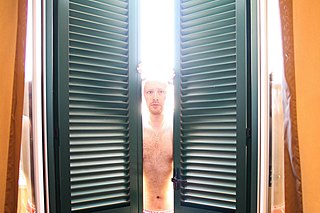
Igor Zeiger, is an Uzbekistan-born Israeli artist and curator.
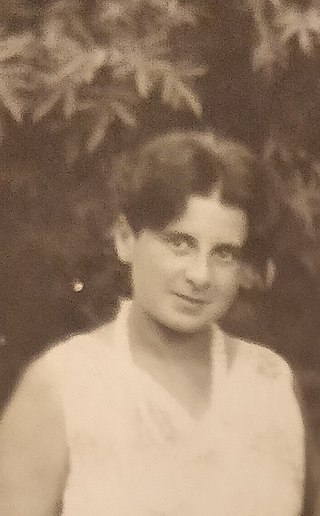
Esther Berlin-Joel (also known as Esther Berli-Joel, Esther Barli-Joel, in Hebrew: אסתר ברלי-יואל, was a German-born Israeli painter and graphic designer. She designed the coats of arms for the Israeli cities of Haifa and Holon.
Tomohiro Tachi is a Japanese academic who studies origami from an interdisciplinary perspective, combining approaches from the mathematics of paper folding, structural rigidity, computational geometry, architecture, and materials science. His work was profiled in "The Origami Revolution" (2017), part of the Nova series of US science documentaries. He is a professor at the University of Tokyo.

Lilah Markman is an Israeli contemporary artist, sculptor, photographer, painter, and documentary film director.













